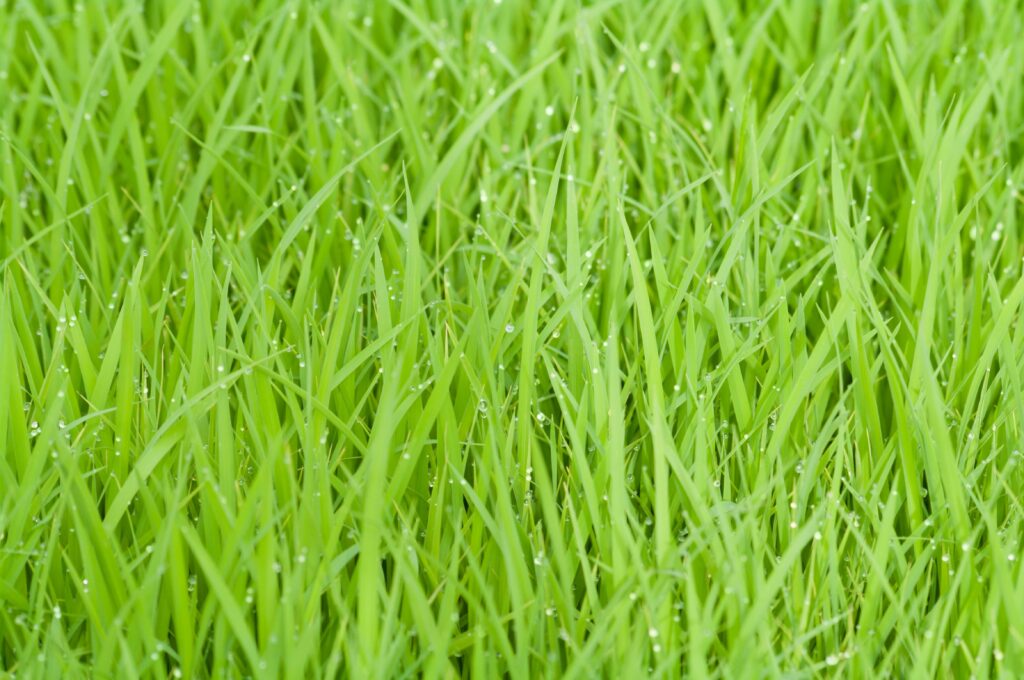
Pumpkin Growth Hack: Fertigation Tips for Halloween Patch Success
October is the season of pumpkins. From farmers preparing their harvest for markets, to landscapers designing festive displays, to families visiting pumpkin patches for Halloween

Why Aeration is Key for a Thriving Lawn
Preparing your lawn for success next season begins with aeration. Aeration helps grass roots grow deeper, resulting in a stronger, healthier lawn. If you’re like many homeowners, you might have some questions about this process. Here, we’ll cover essential topics such as:
What Is Lawn Aeration?
Aeration involves making small holes in the soil to break up thatch and reduce soil compaction. This process allows water, oxygen, and nutrients to reach the roots more easily, helping the grass establish stronger root systems, retain more water, and become less susceptible to diseases and pests. There are two main types of aeration: liquid aeration and core aeration.
Core Aeration
Core aeration, also known as mechanical aeration, uses a machine to pull out thousands of plugs of soil from your lawn. This process opens up the soil, allowing water and nutrients to penetrate deep into the root system. Although effective, it leaves the lawn unsightly for several weeks as the soil plugs disintegrate. Core aeration addresses only a small portion of the soil surface, leaving about 80% undisturbed.
If you prefer this method, you can rent an aeration machine from a local hardware store. The machine resembles a lawn mower but has spikes instead of blades to penetrate the ground.
Liquid Aeration
Liquid aeration uses bio-stimulants and oxidizing materials at specific growth stages to break up and loosen the topsoil, encouraging deeper rooting and more oxygen into the soil. This method is easier to apply, doesn’t require flagging sprinkler heads, and eliminates the need for heavy equipment. Liquid soil loosener can be purchased at a local hardware store and applied with a hose-end sprayer.
Core vs. Liquid Aeration
Core aeration has an immediate impact on soil and lawn appearance, but its effects are short-lived. Liquid aeration, while slower to show results, offers longer-lasting benefits and improves soil condition over time. For extremely compacted turf or excessive thatch, combining both methods can be beneficial. The holes created by core aeration allow liquid aeration to penetrate more thoroughly.
Benefits of Aerating Your Lawn
Aeration offers numerous benefits, especially when done in the fall:
How to Aerate Your Lawn in 5 Easy Steps
Aerating your lawn can be straightforward with the right preparation and tools. Follow these steps to aerate your lawn effectively:
Step 1: Check That Your Lawn Is Ready for Aeration
Signs that your lawn needs aeration include slow water absorption, shallow root growth (less than two inches), and excessive thatch buildup (more than 1.5 inches).
Step 2: Pick the Type of Aeration
Choose between mechanical and liquid aeration. Mechanical options include handheld spike aerators, slicing aerators, and plug aerators. Liquid aerators require a hose-end sprayer for application. Decide based on your lawn’s condition and available equipment.
Step 3: Prepare Your Lawn for Aeration
Water your lawn thoroughly a day or two before aerating. Mark any hidden obstacles, such as irrigation pipes or tree stumps, to avoid damaging them.
Step 4: Aerate Your Lawn
Use your chosen equipment to aerate the lawn in one direction, then repeat the process perpendicularly for optimal results.
Step 5: Overseed Your Lawn
After aeration, overseed with a hardy grass seed suitable for your region. Apply fertilizer to boost growth and prepare your lawn for the coming winter. A lawn care professional can help you select the best grass type and fertilizer for your landscape.
By following these steps, you can ensure your lawn remains healthy and vibrant, ready to thrive in the next growing season.

October is the season of pumpkins. From farmers preparing their harvest for markets, to landscapers designing festive displays, to families visiting pumpkin patches for Halloween

Fall soil care is about more than just replacing what crops, lawns, or gardens have consumed over the growing season. It is about setting the
Give us a call or visit our store, and we’ll help you find the right solution for your business.
© Supply Solutions LLC 2025